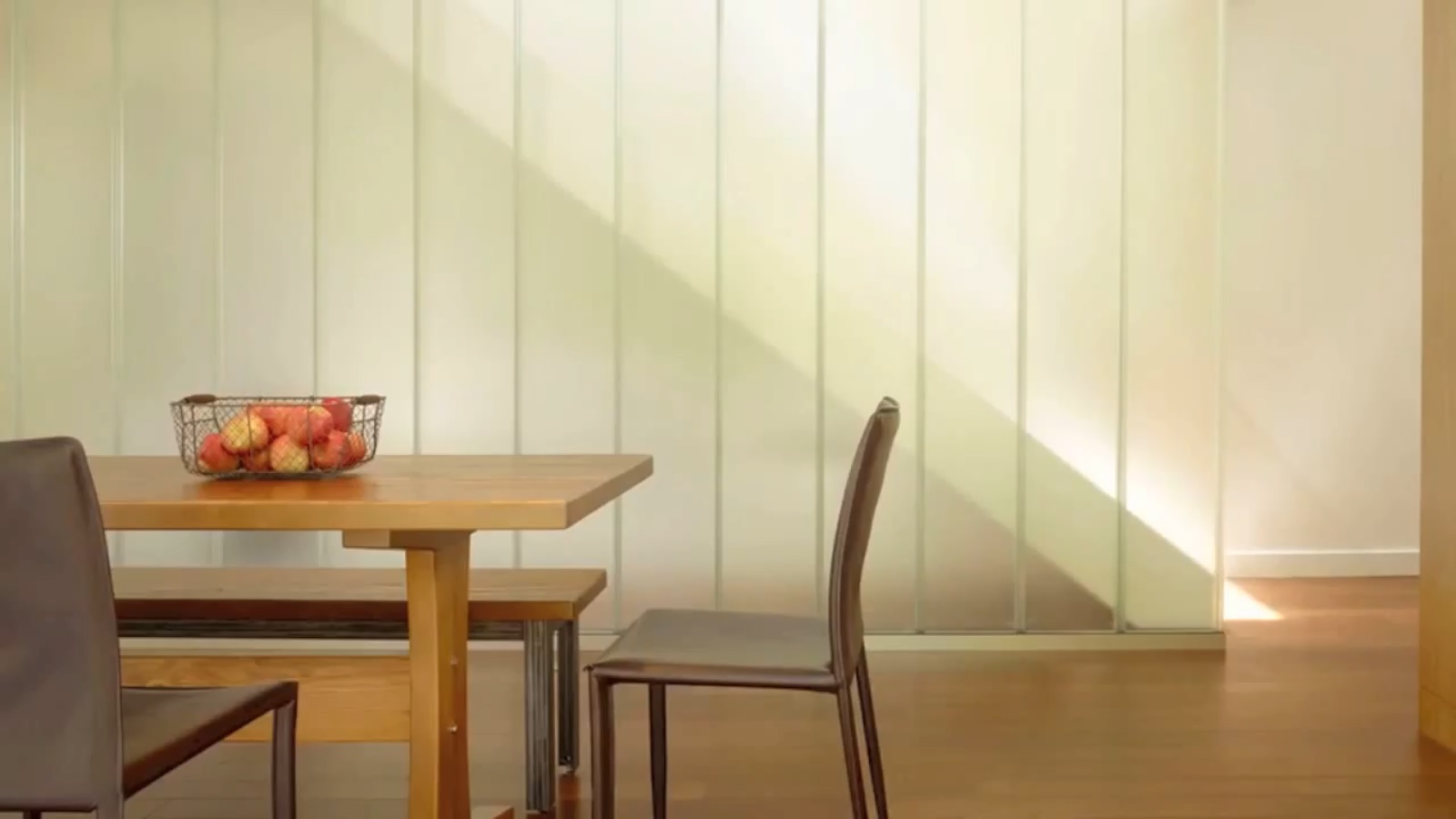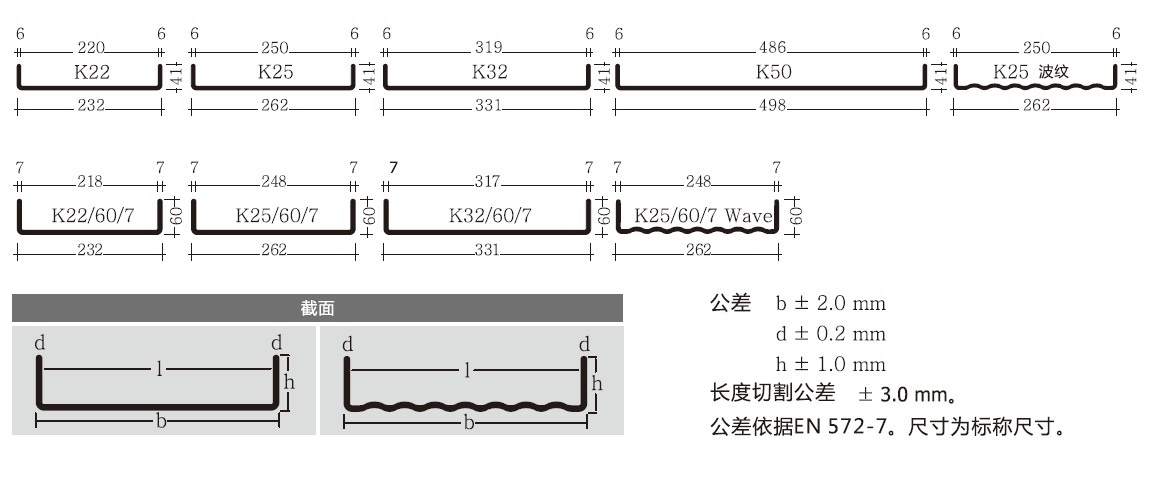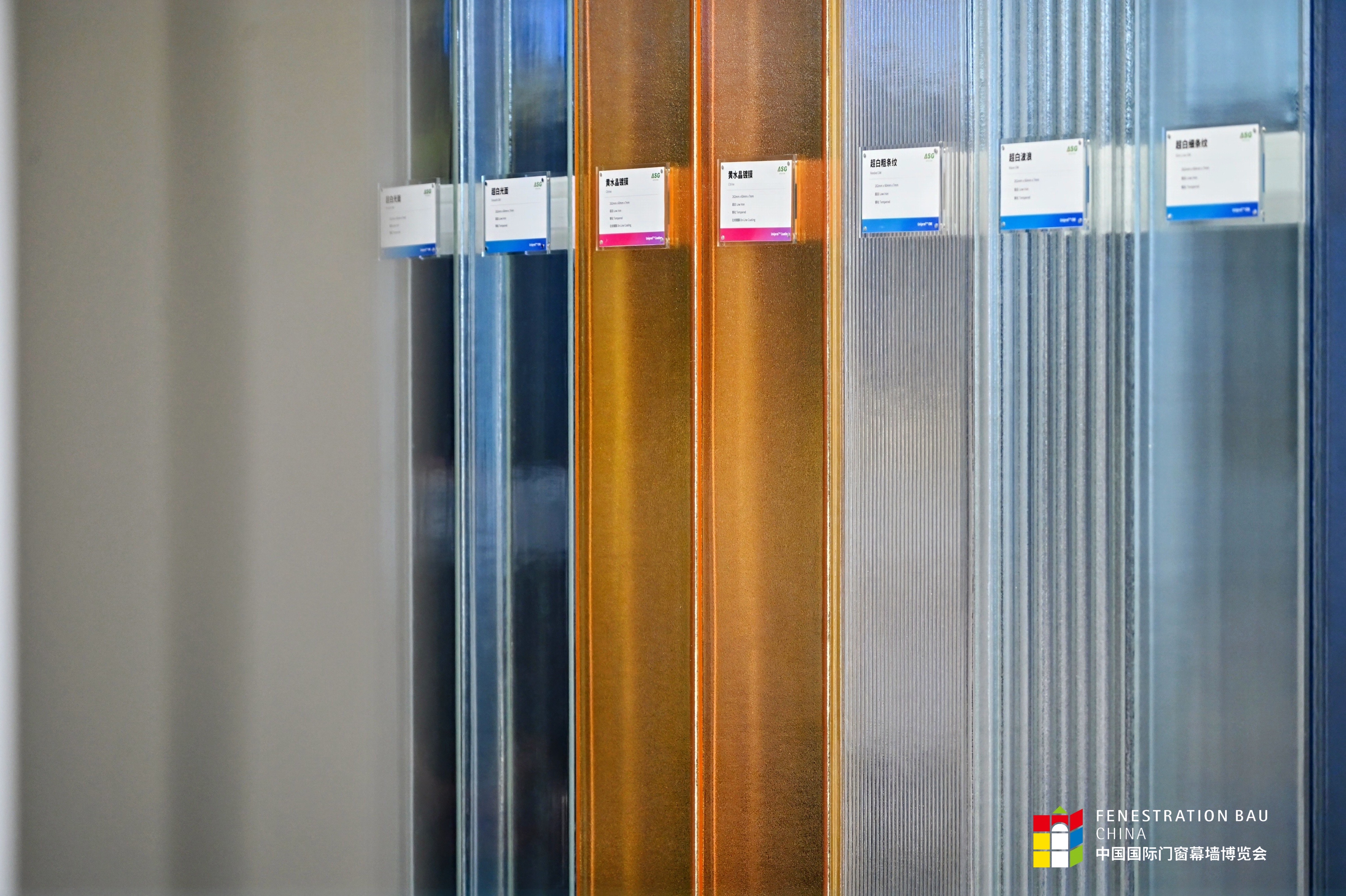An Architect's Guide to U Profiled Channel Glass (1)
2019-06-10
Heavy commercial and industrial projects often provide fodder for residential work especially when it comes to materials. Channel glass is one material that carries over well. It's an eminently robust material whose translucency lends a soft and welcoming feel in a residential setting. Consider channel glasses sort of modern take on traditional stained glass - luminous and mysterious while it's an outwardly simple and beautiful material. It has an underlying complexity that bears further investigation.

Channel glass was developed in Europe and it's been mostly used in commercial buildings for more than 30 years. Essentially, it's a structural, cast, translucent plank named for its C shape which in our architectural parlance is a channel. It's typically used where there's a need for both diffused natural light and privacy which are naturally competing design agendas.
The channels are between nine inches and nineteen inches wide, about two and a half inches deep and up to twenty-three feet in length. They're fully capable of supporting their own weight without the need for other horizontal reinforcement. Most often channel glass is used in vertical orientations, where the structural planks lend a corduroy or pinstripe look to an exterior façade. Unlike traditional flow class panes, the shape and depth of the channel glass create a pocket in exterior walls making it ideal for adding insulation.
Composition
The basic components are lime, soda and sand but unlike most other glass channel glass also contains recycled glass. In fact, a full 60 percent of its raw materials are recycled. Some come from post-consumer sources and some from the factory that manufactures it. 
The channels are roll formed from a roughly quarter-inch thick ribbon of molten glass that has been heated in a special furnace. It's then carefully cut to custom length and cooled.
Applications
Where there’re many possible applications for channel glass, the best candidates are spaces that require both natural daylight and privacy. Some examples are
- bathing spaces for privacy with the benefits of natural light
- work areas studies and studios where glare free natural light is important
- art display and gallery areas - UV coatings allow daylight and artwork to coexist
- urban sites with competing light and view concerns
- Trombe walls for passive solar heating
- Railings, space dividers and privacy screens
- Any space requiring diffused glare free natural light








